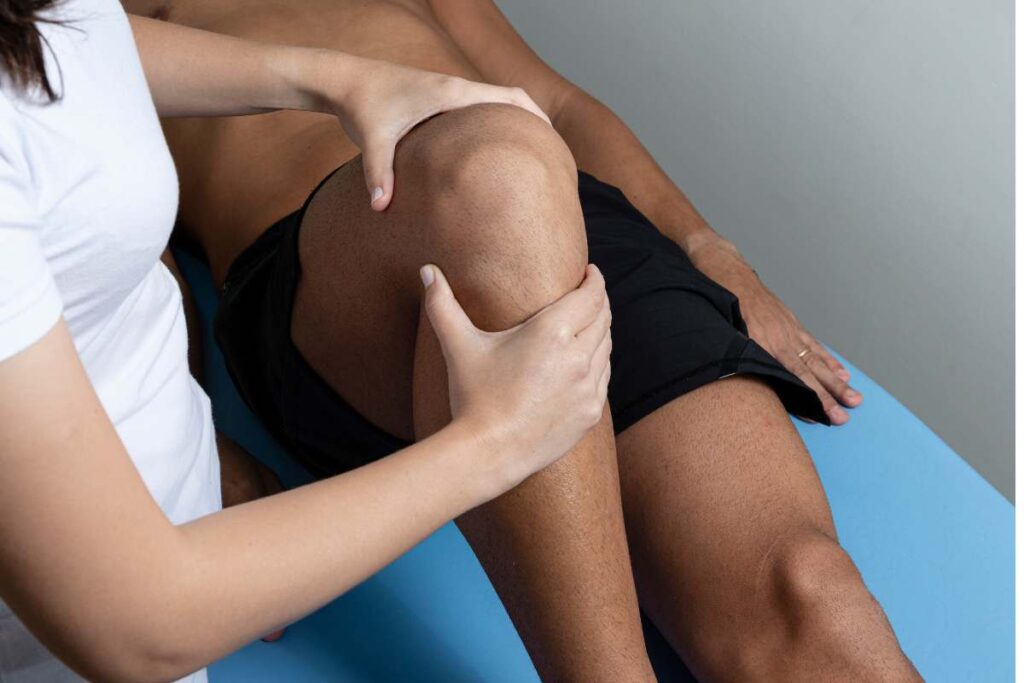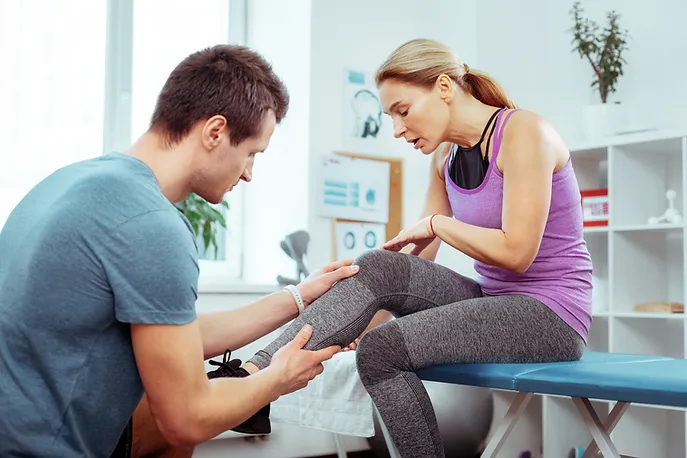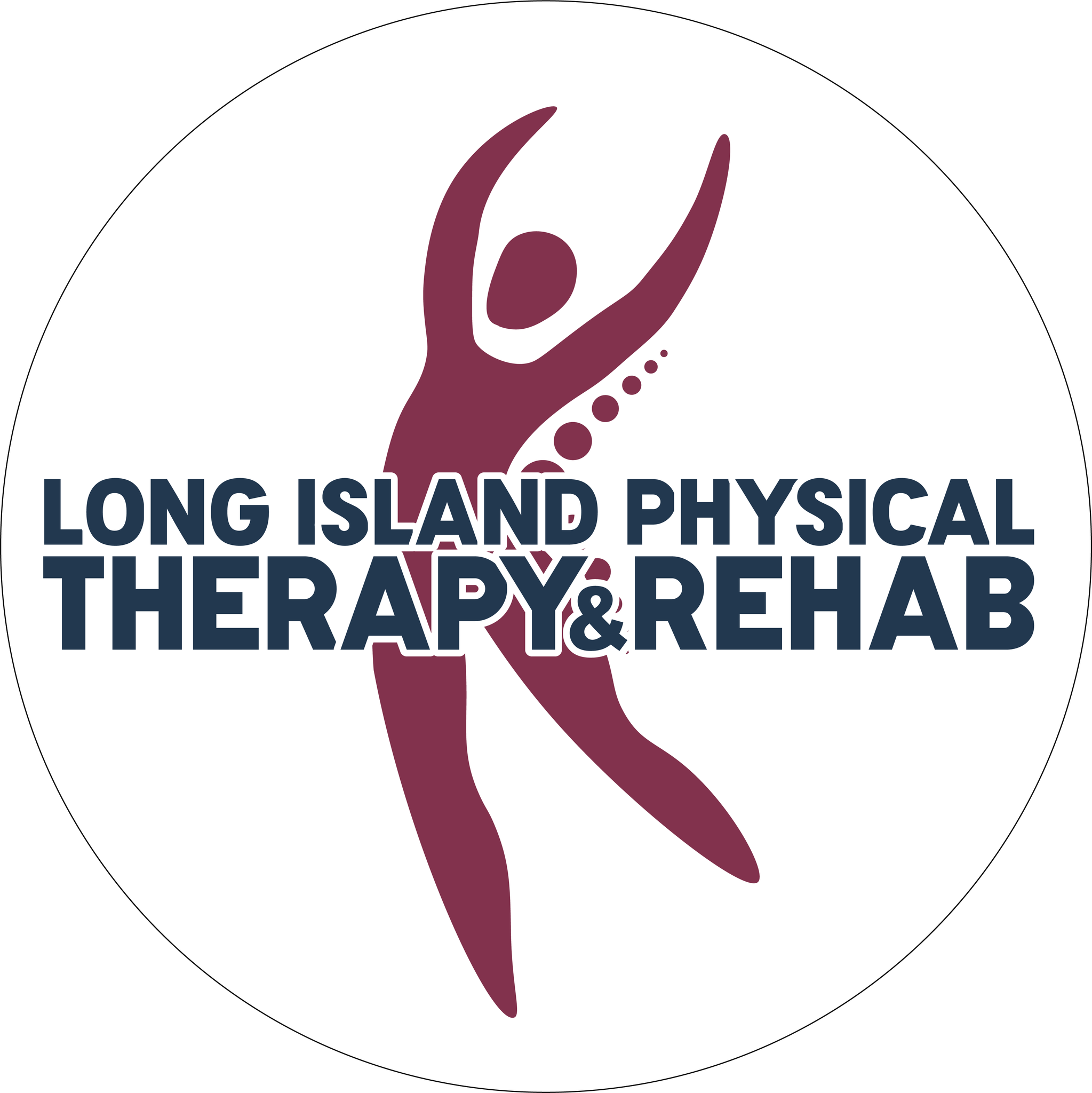Athletic and Sports Therapy in Long Island, NY
The Road to Recovery: Effective Strategies for Sports Injury Rehab on Long Island, NYC
Sports injuries are common among athletes of all levels and can significantly impact an individual’s physical and emotional well-being. Whether you’re a professional athlete or a weekend warrior, suffering a sports injury can be a frustrating and painful experience. Fortunately, effective rehab and recovery strategies can help athletes on Long Island, NYC, recover from injuries and return to the activities they love.
The Healing Process for Sports Injuries

Before we dive into rehab and recovery strategies, we must understand the different stages of the healing process for sports injuries. The initial stage is the inflammatory phase, during which the body begins to repair the damage caused by the injury. This stage typically lasts for the first few days after the injury and is characterized by swelling, redness, and pain.
The next stage is the proliferative phase, during which new tissue is formed to replace the damaged tissue. This stage typically lasts for several weeks and is characterized by increased blood flow to the injured area and scar tissue formation.
The final stage of the healing process is the remodeling phase, during which the new tissue is reorganized and strengthened. This stage can last for several months and is characterized by an increase in the strength and flexibility of the injured area.
The Role of Rehab in Sports Injury Recovery
Rehabilitation plays a critical role in the healing process for sports injuries. Athletes can develop a customized rehab plan tailored to their injuries and needs by working with a physical therapist or sports medicine specialist.
One of the primary goals of rehab is to improve the range of motion and decrease pain. Physical therapy techniques, such as stretching and massage, can help to loosen tight muscles and increase flexibility. Strengthening exercises can also help rebuild the forces weakened due to the injury.
In addition to physical therapy, athletes may also benefit from other types of rehab, such as aquatic therapy or low-impact exercise. These recoveries can be particularly beneficial for athletes who cannot perform weight-bearing activities due to injury.
Recovery Strategies for Sports Injuries
In addition to rehab, athletes can use several other recovery strategies to help speed up the healing process. Rest is the most critical recovery strategy for sports injuries. By allowing the body to rest, athletes give their bodies time to heal and recover from the injury.
Ice and compression can also be effective recovery strategies for sports injuries. Applying ice to the injured area can help to reduce swelling, inflammation, and pain. In contrast, compression can help to support the injured area and reduce swelling.
It’s important to note that returning to physical activity too soon can be dangerous and can lead to re-injury. Athletes should work closely with their healthcare providers to develop an appropriate recovery plan for adequate rest and a gradual return to physical activity.
Coping with the Emotional Impact of Sports Injuries
In addition to the physical impact of sports injuries, there is also an emotional impact that can be difficult to cope with. Athletes may experience frustration, disappointment, and even depression due to injuries.
One of the best ways to cope with the emotional impact of a sports injury is to seek support from family and friends. Talking to someone who understands what you’re going through can be incredibly helpful.
Athletes may also benefit from working with a mental health professional who can help them develop coping strategies and provide support during the recovery process.
Preventing Sports Injuries: Tips for Long Island Sports Enthusiasts
As sports enthusiasts in Long Island, we all understand the joy and excitement of being active and participating in our favorite physical activities. However, it’s crucial to prioritize our safety and well-being by taking preventive measures to avoid sports injuries. This blog will share the top 5 tips for preventing sports injuries tailored to Long Island sports enthusiasts. We will also provide helpful information for parents and introduce Long Island Physical Therapy and Rehab as a trusted resource for sports injury treatment.
Tip 1: Warm Up and Cool Down Properly
One of the fundamental steps in preventing sports injuries is to ensure you warm up and cool down properly before and after physical activity.
Many of us are eager to jump into our chosen sports or exercises, but neglecting this crucial step can lead to strains, sprains, and other injuries. Before starting any activity, take a few minutes to perform dynamic warm-up exercises, such as leg swings, arm circles, and light jogging. This helps increase blood flow to the muscles, improves flexibility, and prepares your body for the upcoming physical demands. After your workout or sports session, cool down by incorporating static stretches and low-intensity exercises to reduce your heart rate and prevent muscle stiffness gradually.
Tip 2: Use Proper Protective Gear
Protective gear is vital in injury prevention, regardless of sport or activity. Wearing the appropriate protective gear reduces the risk of injuries and provides added confidence and peace of mind. Invest in sports-specific protective equipment such as helmets, mouthguards, knee pads, or shin guards, depending on your chosen sport. Additionally, ensure your gear is well-fitted and in good condition for optimal protection.
Tip 3: Listen to Your Body and Rest
Pushing through pain and fatigue can lead to severe injuries. It’s essential to listen to your body and recognize the signs of fatigue and overexertion. If you experience persistent pain or discomfort, taking a break and allowing your body to rest and recover is crucial.
Ignoring these warning signs can result in long-term consequences and potentially force you to stay away from your favorite activities for an extended period. Incorporate rest days into your training routine and prioritize adequate sleep to optimize your body’s recovery and injury prevention.
Tip 4: Maintain Proper Technique and Form
Maintaining proper technique and form is crucial in preventing sports injuries. Incorrect movement patterns or poor condition can stress your muscles, joints, and ligaments, increasing the risk of injury. Take the time to learn and practice the correct techniques for your sport.
Seek guidance from experienced coaches or trainers who can provide valuable insights and help you refine your form. Focusing on proper technique enhances your performance and reduces the risk of unnecessary injuries.
Tip 5: Cross-Train and Strengthen Supporting Muscles
Engaging in cross-training and strengthening exercises can significantly reduce the risk of sports injuries. By incorporating various activities into your training routine, you work different muscle groups and reduce the repetitive strain on specific areas. Cross-training also helps improve overall fitness and prevents muscle imbalances.
Additionally, dedicating time to strengthening supporting muscles can provide better joint stability and protect against injuries. Include exercises targeting core muscles, hip stabilizers, and shoulder girdle muscles to enhance overall strength and reduce injury vulnerability.
Tips for Parents for Preventing Sports Injuries
If you’re a parent of a young athlete, you play a vital role in ensuring their safety during sports activities. Proper supervision and guidance are critical factors in preventing sports injuries. Please encourage your child to warm up and cool down before and after sports sessions, provide the necessary protective gear, and teach them the importance of listening to their bodies. Be actively involved in their training and ensure they use the proper technique and form.
Additionally, prioritize rest and recovery, as young athletes’ bodies still develop and need time to heal and grow. By instilling these habits and values early on, you can help your child prevent sports injuries and enjoy their athletic endeavors safely.
Get Back in the Game: Premier Athletic And Sports Therapy in Long Island at Long Island Physical Therapy and Rehab
At Long Island Physical Therapy and Rehab, we understand the challenges athletes face when dealing with sports injuries. That’s why we specialize in sports injury treatment and recovery. Our experienced team of physical therapists is dedicated to providing the highest quality care to help you get back in the game.
Regarding sports injuries, seeking professional help is crucial for proper diagnosis, treatment, and rehabilitation. Our trusted resources and expertise in the field ensure that you receive tailored treatment plans designed to facilitate healing and restore functionality. Whether you’re dealing with a sprained ankle, a torn ligament, or any other sports-related injury, we’re here to support you every step of the way.
Our state-of-the-art facilities and advanced therapeutic techniques are at your disposal to ensure the best possible outcome. We will guide you through a personalized rehabilitation program that includes targeted exercises, manual therapy, and innovative modalities for accelerating healing and preventing future injuries.
Don’t let a sports injury hold you back. Contact us today to schedule an appointment, and let us help you get back on track to peak performance. Your recovery and success are our top priorities.
Request Appointment


